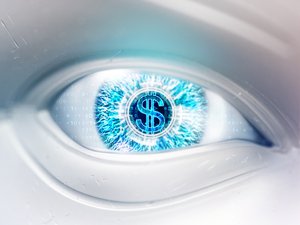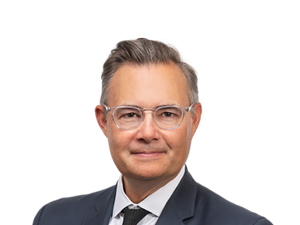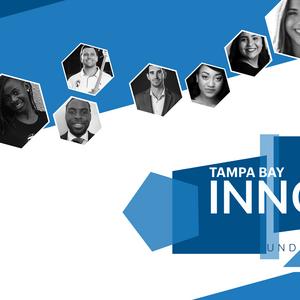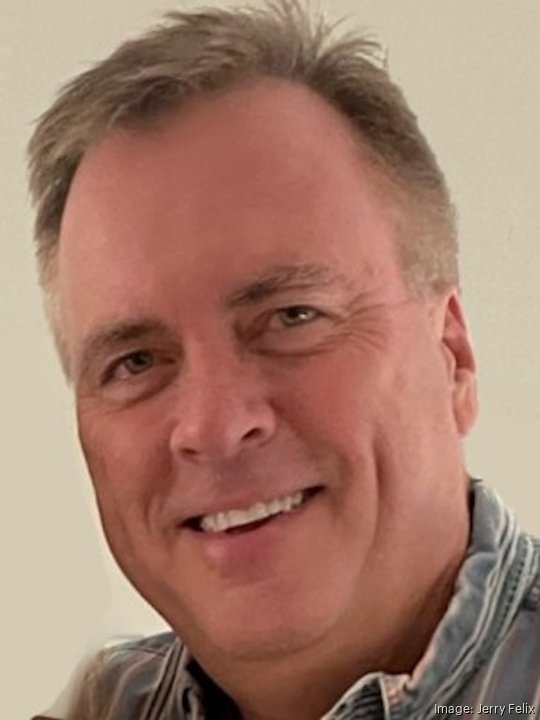
Jerry Felix worked for a year to patent his idea for an artificial intelligence chipset inspired by watching the waves in Little Sarasota Bay.
When the nearly 300-page patent was granted in full, Felix, a software engineer who spent 15 years at Hewlett-Packard before starting a company, founded Brain-CA Technologies and brought on a team of employees. The company has raised $2.2 million in a seed round and joined Nvidia's Inception Program, a resource program for AI startups, according to the company.
Felix exited his first company—originally Electronic Commerce Link Inc. and later named E-Gov Link—in 2020 and moved to Sarasota during the Covid-19 pandemic. The ripple patterns-inspired chipset company was formally incorporated in November 2023.
"I was walking on the beach and spending a lot of time out on the docks, staring at Little Sarasota Bay," Felix said. "If you think about the signals coming into the brain from your sensory organs — your eyes, your ears, your fingertips — and you radiate them outward from where they reach the brain, in ripple patterns, you can measure those."
Felix has long lived in Cincinnati, Ohio, and returns throughout the year.
After spinning up Brain-CA Technologies, Felix brought on Steven Brunker as CEO. Brunker met Felix during his nearly two decades with Hewlett-Packard in Cincinnati. Today, Brain-CA Technologies has seven remote-first employees across the country.
The two put together a seed round that led to an expanded round with the support of 30 investors from the friends and family round, many of them two-time investors, totaling $2.2 million. Brunker and Felix also invested in the company.
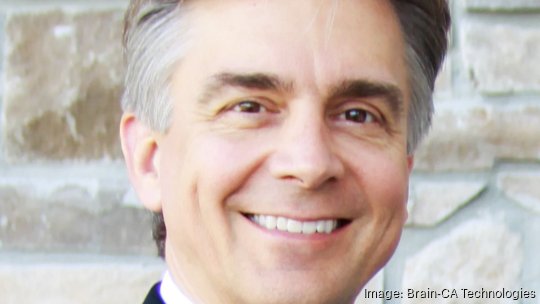
The company is now looking to engage machine learning academics while it pursues research and development of the patented idea. It's working on a simulator to run its algorithms and test its ideas. After that, it plans to advance to manufacturing. Ultimately, its goal is to build more efficient AI technology.
"The idea would be that very shortly after we get the simulator going, then we'll use other engineers to convert that software design into a hardware implementation in silicon," Brunker said "That's the vision."


